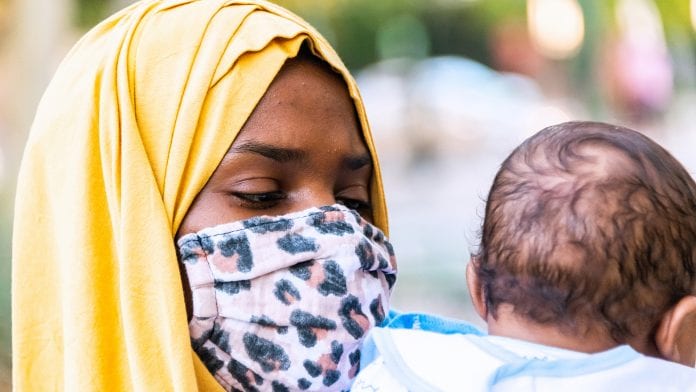
New estimates have revealed that the health needs of 630 million women and children affected by armed conflict across the globe are not being met.
According to a new four-paper series exposing the far-reaching effects of modern warfare on women’s and children’s health, armed conflict affected the health needs of at least 630 million women and children— over 8% of the world’s population —in 2017.
The authors are now calling for an international commitment from humanitarian actors and donors to confront political and security challenges, together with consensus on a framework for identifying high-priority interventions to reach the most vulnerable women and children with the best care possible.
The series, led by academic co-investigators and partners affiliated with the BRANCH (Bridging Research & Action in Conflict Settings for the Health of Women & Children) Consortium, has been published in The Lancet.
Women and child health
It shows existing evidence with new modelling and insights from a range of local research partners, humanitarian agencies, and civil society organisations, and explores the changing nature of war and conflict, its short- and long-term health effects on women and children, strategies for identifying best responses, and interventions supported by in-country assessments and studies.
New estimates suggest that the number of women and children affected by armed conflict around the world has risen steadily since 2000, as a result of population growth, more conflicts, increasing use of explosive and chemical weapons in urban areas, and growing numbers of refugees and internally displaced people.
Professor Zulfiqar Bhutta, from the Centre for Global Child Health, The Hospital for Sick Children in Toronto in Canada and the Institute for Global Heath & Development, The Aga Khan University, who led the series, said: “The new estimates provide compelling evidence of the enormous indirect toll of modern warfare caused by easily preventable infectious diseases, malnutrition, sexual violence, and poor mental health, as well as the destruction of basic services such as water and medical facilities.
“Today, more than half of the world’s women and children are living in countries experiencing active conflict. The international community cannot continue to ignore their plight. It’s time for a radical rethink of the global response that confronts challenges to insecurity, access, politics, coordination, and the logistics of delivering high-priority interventions to women and children in politically unstable and insecure settings.”
Learning lessons
The series assessed the provision of proven health interventions for women and children in 10 conflict-affected countries in different stages of conflict and geographical, political, and economic conditions, finding that, while priority, is commonly given to a range of interventions including antenatal care, emergency obstetric care, childhood vaccination, and infant and young child feeding, evidence suggests that the delivery of many life-saving services, including most sexual, reproductive, newborn, and adolescent health services, is limited.
The authors have called for humanitarian health actors including global and local agencies and NGOs, and academia working in conflict settings to establish a decision-making framework to guide the selection of priority interventions and improve accountability.
Dr Jai Das from The Aga Khan University in Pakistan, said: “Predefined packages of priority health services for women and children are not commonly agreed upon. Instead, international donors remain the key drivers of influencing what, where, and how interventions are delivered. Although technical and operational guidance on promoting women’s and children’s health in humanitarian crises exist, they are not specific to conflict settings and have been developed as a broad response to a range of emergencies including natural disasters and epidemics.”

























